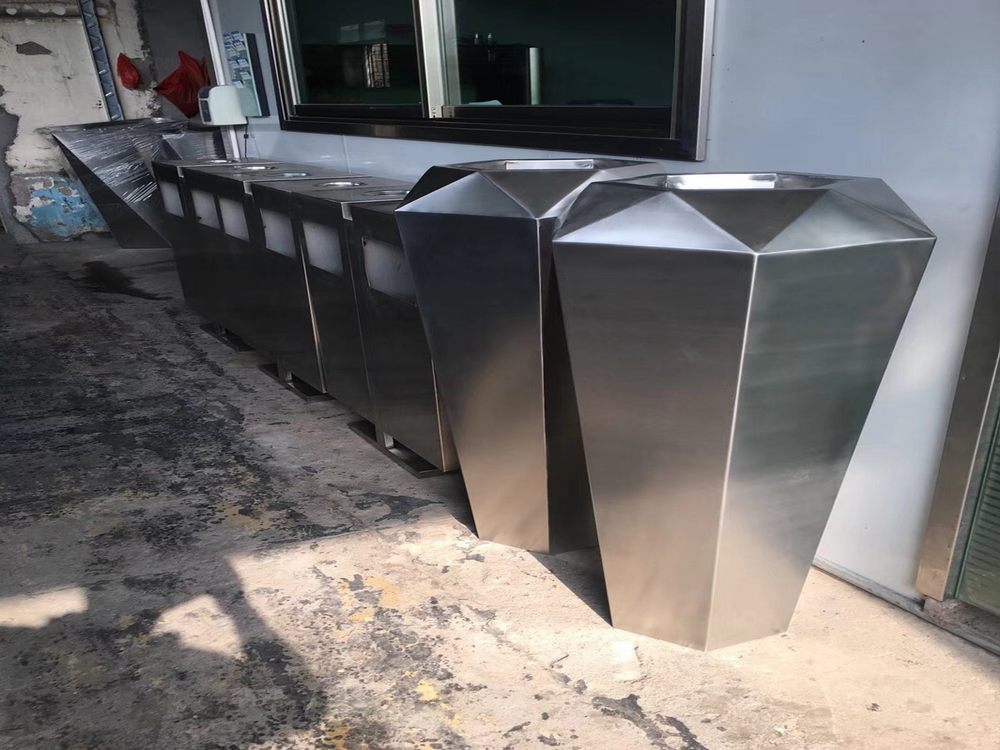
Creating bronze sculptures with a sense of motion requires mastery of both artistic vision and technical execution. Artists employ several specialized techniques to transform rigid metal into fluid expressions of movement.
The process begins with gesture sketching in clay, where sculptors exaggerate body positions and drapery folds to suggest kinetic energy. Many artists study sequential photography of moving subjects to understand weight distribution and muscle tension at peak action moments.
In the modeling stage, asymmetrical composition becomes crucial. By deliberately offsetting the center of gravity and creating unbalanced poses, sculptors trick the eye into perceiving imminent movement. The famous "Dancing Satyr" demonstrates this principle with its spiraling torso and raised leg.
The lost-wax casting method allows for remarkable fluidity in bronze. Artists can create thin, extended limbs that would be impossible in stone, while surface textures like hammer marks or flowing patinas enhance the illusion of motion. Rodin pioneered leaving visible finger marks in the clay originals to preserve the energy of his sculpting process.
Contemporary artists often incorporate actual movement through suspended elements or kinetic bases. Some apply modern finishes that change appearance from different angles, creating visual dynamism. The key lies in suggesting the moment before or after peak action, inviting viewers to complete the motion in their imagination.

